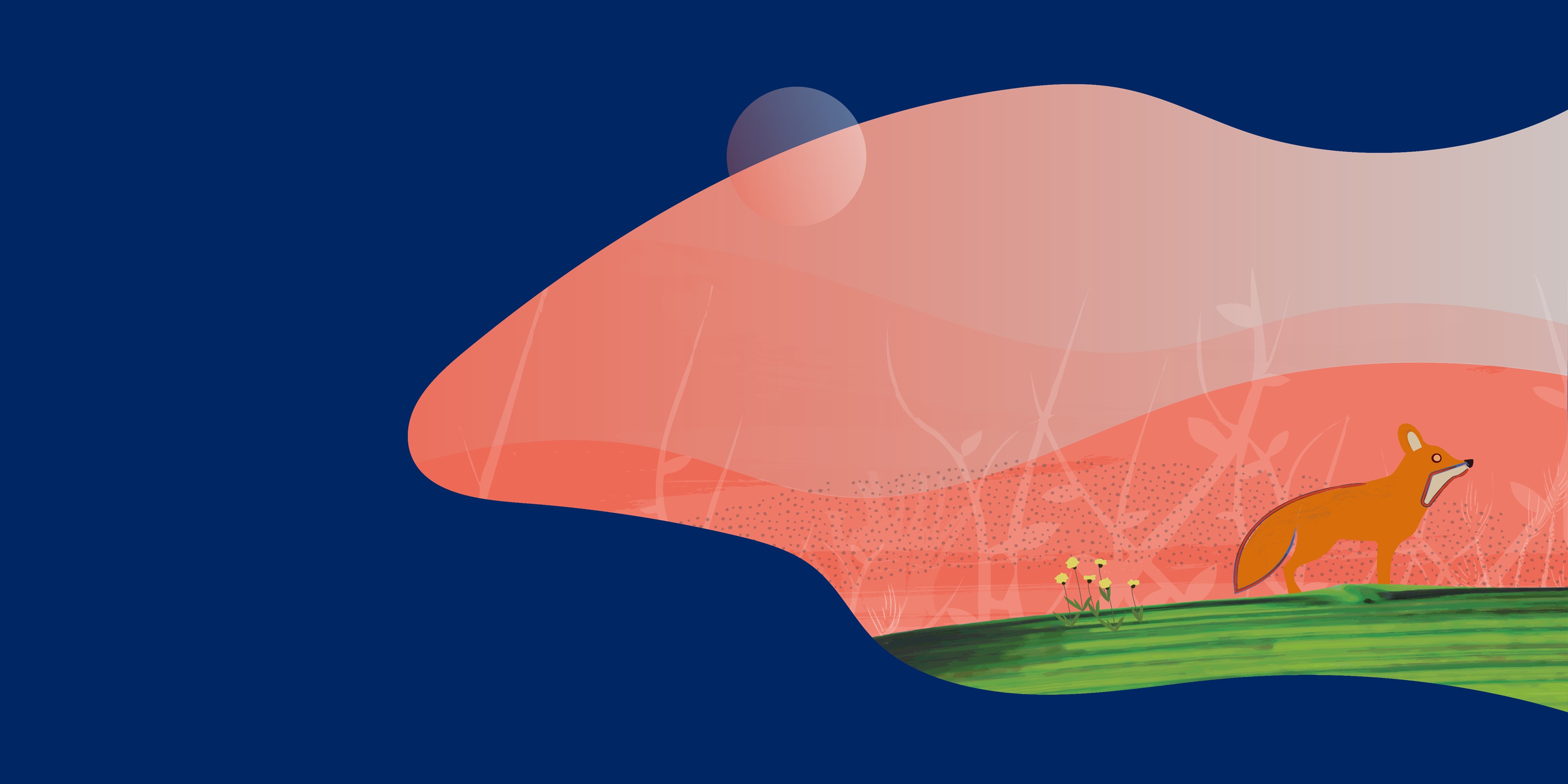Summary of research
The effects of climate change such as temperature, rainfall and extreme weather events creates conditions for weeds, pests and diseases to spread and settle across NSW. These resources were published by the NSW Government and research partners through the Biodiversity Node of the NSW Adaptation Research Hub. They provide information on weeds, pests and diseases to help reduce the risk of spread under climate change. This information can be used to help manage weeds, pests and diseases through early detection, exclusion and eradication.
Technical reports
Developing a spectral library for weeds in alpine vegetation communities to monitor their distribution using remote sensing (PDF 2.1MB) – a study of the potential to use remote sensing for monitoring the distribution of weed species in the alpine region of NSW.
Wildlife disease surveillance (PDF 7.9MB) – A study of how climate change may impact wildlife disease in NSW.
Next-Generation Invaders? Hotspots for Naturalised Sleeper Weeds in Australia under Future Climates – published 2013, a study of potential future habitats of naturalised sleeper weeds (non native but not yet invasive plants) to assist pre-emptive management.
A tool to assess potential for alien plant establishment and expansion under climate change – published 2015, information about the Weed Futures tool (see below) – an Australia wide screening tool to assess the potential of non native plants to spread into new areas under changing climate conditions.
Tools
Weed Futures – An online tool containing profiles for over 700 non native naturalised and invasive plant species in Australia, including how their distribution may be affected by climate change.
